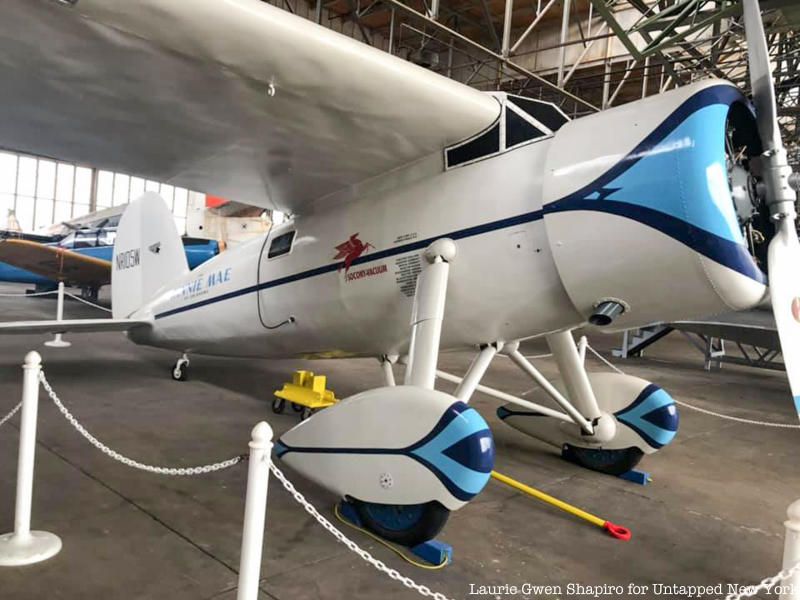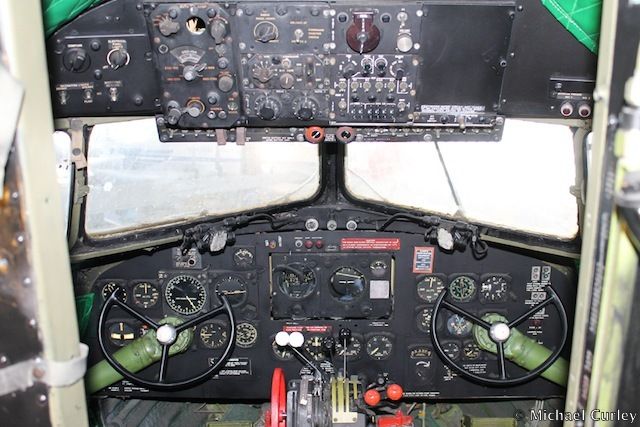100th Anniversary Great Nave Tour at the Cathedral of St. John the Divine
Celebrate the 1925 construction of the stunning nave inside the world's largest Gothic cathedral!


Cities are no longer shaped by just politicians and power brokers, but by innovative artists, designers and unnoticed individuals who work endlessly to help urban environments evolve and flourish. In Citymakers: The Culture and Craft of Practical Urbanism

, author Cassim Shepard highlights the stories of these citizen-practitioners who are making New York City a more innovative place.
So called “city makers” often take the form of landscape designers, housing advocates, photographers, architects, ecologists, community organizers, activists, artists, and more. While there are endless examples of how these individuals influence the city, one intriguing story, highlighted in the book, focuses on the “historical pleasure ground” known as Floyd Bennett Field. Located on the western shore of Jamaica Bay in Brooklyn, Floyd Bennett Field was originally opened as New York City’s first municipal airport in 1931 during the Golden Age of Aviation. The Field was the site of many record breaking first flights, and was once the busiest naval air station in the United States.

Administrated by the National Park Service since 1972, Floyd Bennett Field reopened as a park in 1974. According to Shepard, however, it isn’t your typical open green space. With its abandoned hangars and overgrown runways, its dystopian atmosphere helps to distinguish it itself from other city parks.

While it does offer designated areas for the typical things you’d expect — strolling and picnicking, for example — it also encourages volunteers to pursue unconventional recreational work. It now serves as a space for active and collaborative recreation largely done by the Historic Aircraft Recreation Project (H.A.R.P), a volunteer program dedicated to preserving and restoring examples of historic aircrafts that once flew there. H.A.R.P volunteers are able to restore models of historic airplanes, fly radio-controlled model aircrafts, and take part in other forms of tactile and creative restoration efforts.

People from all communities, ages, and backgrounds are invited to volunteer with the Historic Aircraft Recreation Project (H.A.R.P). The group currently gathers at Hangar B located at the Gateway National Recreation Area of the Field on Tuesdays, Thursdays, and Saturdays. Additionally, the Field is currently home to Brooklyn’s largest community garden. The wide variety of activities offered establishes the park as a work-as-recreation space. Shepard uses this section to show how Floyd Bennett Field has the capacity to demonstrate the possibilities of the future of city park use.


While Shepard’s book focuses on different city makers within New York City, the narratives and perspectives shared in this book can be applied to cities everywhere. The reinvention of urban lifestyle is being led on a local level, everyday citizens are the ones who largely lay the groundwork needed for better choices for cities of the future. Those interested in discovering the narratives of the people who make our city can find more by checking out Shepard’s Citymakers: The Culture and Craft of Practical Urbanism.
Next, check out the Top 10 Secrets of the Floyd Bennett Field and see more Photos of Floyd Bennett Field.
Subscribe to our newsletter